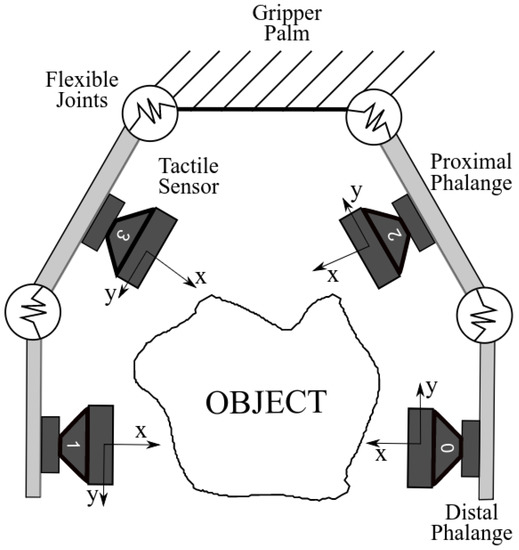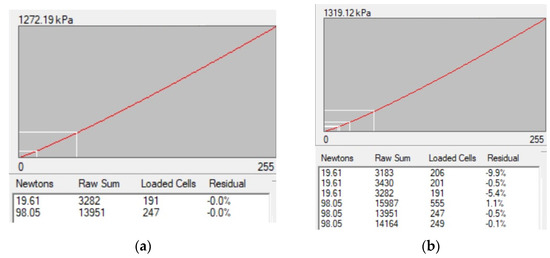Tactile Sensors, Sensing and Systems
A topical collection in Sensors (ISSN 1424-8220). This collection belongs to the section "Physical Sensors".
Viewed by 4247Editor
Interests: biomedical circuits and systems; electronic/artificial sensitive skin; tactile sensing systems for prosthetics and robotics; neuromorphic touch sensors; electronic and microelectronic systems
Special Issues, Collections and Topics in MDPI journals
Topical Collection Information
Dear Colleagues,
Tactile sensing is built upon mechanical sensors distributed over a given surface (e.g. robotic hand/arm, outer cover of an apparatus or a consumer device) on which physical/mechanical contact/interaction may occur. The sensors upon a mechanical interaction perceive the event and acquire data on the contact such as temperature, vibration, pressure, shear and normal forces. Raw sensed data are then processed to extract higher-level information (e.g. surface texture patterns and roughness, softness/hardness, object contact material) which is subsequently conveyed to the control/supervising system. The acquisition and processing operations are usually implemented in real time. Tactile arrays ought to be mechanically flexible (i.e., conformable to the surface they are mounted on) and sometimes stretchable.
Recent and relevant achievements in materials and transducers have not yet successfully boosted system developments due to the challenging goals, which still need to be successfully addressed at many levels, e.g., data decoding and processing, miniaturization, mechanical compliance, and robustness, data communication. Tactile sensing has developed rapidly over the past three decades but high-impact breakthroughs in application domains have to be successfully achieved.
Artificial tactile sensing is a still a relevant challenge, as it involves numerous research areas. Application domains include humanoid and industrial robotics, prosthetics, biomedical instrumentation, health care, bionics, robotics, virtual reality, haptic devices, IoT, cyber physical systems, virtual reality, and arts, to name but a few.
The aim of this Topical Collection is to foster submissions on research and achievements in the broad field of tactile sensors and sensing e.g. from materials up to systems and applications. We invite original contributions, so that current research trends can be presented in this collection.
Prof. Dr. Maurizio Valle
Collection Editor
Manuscript Submission Information
Manuscripts should be submitted online at www.mdpi.com by registering and logging in to this website. Once you are registered, click here to go to the submission form. Manuscripts can be submitted until the deadline. All submissions that pass pre-check are peer-reviewed. Accepted papers will be published continuously in the journal (as soon as accepted) and will be listed together on the collection website. Research articles, review articles as well as short communications are invited. For planned papers, a title and short abstract (about 100 words) can be sent to the Editorial Office for announcement on this website.
Submitted manuscripts should not have been published previously, nor be under consideration for publication elsewhere (except conference proceedings papers). All manuscripts are thoroughly refereed through a single-blind peer-review process. A guide for authors and other relevant information for submission of manuscripts is available on the Instructions for Authors page. Sensors is an international peer-reviewed open access semimonthly journal published by MDPI.
Please visit the Instructions for Authors page before submitting a manuscript. The Article Processing Charge (APC) for publication in this open access journal is 2600 CHF (Swiss Francs). Submitted papers should be well formatted and use good English. Authors may use MDPI's English editing service prior to publication or during author revisions.
Keywords
- innovative structural and sensing materials
- manufacturing technology
- novel tactile sensors
- flexible, conformable, and stretchable sensors and arrays
- electronic interface
- artificial and electronic skin
- tactile data processing and interpretation
- innovative applications
- haptic devices
- touch-based human–robot interaction
- tactile and visual sensing integration
- tactile Internet
- tactile sensing in prosthetics, neuro-rehabilitation, neuro- and bio-engineering, consumer goods, arts, IoT








